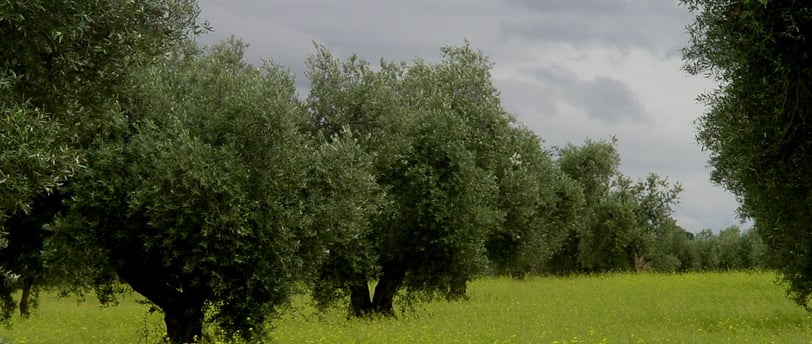Where does Extra Virgin Olive Oil come from?
ANSWERING RANDOM QUESTIONS ABOUT EXTRA VIRGIN OLIVE OILEVOO MANUFACTURING PROCESS
2 min read


Introduction:
Extra Virgin Olive Oil (EVOO), often referred to as liquid gold, embarks on a journey from sun-kissed groves to kitchen tables worldwide. Understanding the origins of EVOO involves tracing the footsteps of olives across continents. In this article, we'll delve into the geographical tapestry of EVOO production, exploring the countries that stand as the largest contributors to this cherished and healthful elixir.
1. The Mediterranean Heritage: Birthplace of EVOO
Greece: The Cradle of Olive Culture:
Greece, with its rich history and ideal climate, is among the oldest producers of olive oil. The revered Kalamata and Koroneiki olive varieties thrive in the Mediterranean climate, contributing to Greece's prominent status as a leading EVOO producer.
Italy: A Mosaic of Olive Varieties:
Italy, famed for its culinary prowess, boasts a diverse array of olive varieties. Regions like Tuscany and Puglia are celebrated for producing some of the finest extra virgin olive oils. The fruity and robust Tuscan oils and the pungent oils from Puglia contribute to Italy's esteemed reputation in the EVOO world.
Spain: The Global Leader:
Spain holds the title of the world's largest producer of olive oil. Olive groves span the landscape, from the arid region of Andalusia to the terraced orchards of Catalonia. Spanish EVOOs, often crafted from the Picual, Arbequina, and Hojiblanca varieties, showcase a spectrum of flavours, from peppery and bold to mild and fruity.
2. Beyond the Mediterranean: Emerging EVOO Producers
California, USA: Napa Valley of Olive Oil:
California, particularly the Napa Valley region, has emerged as a notable player in the world of high-quality EVOO. Producers harness the state's diverse microclimates to cultivate a range of olive varieties, including Arbequina and Frantoio, creating oils with distinct flavour profiles.
Australia: Southern Hemisphere Elegance:
Australia, with its vast landscapes, has seen a surge in olive oil production. Producers in regions like South Australia and Victoria cultivate olives, including the popular Coratina and Picual varieties, producing EVOOs with a balance of robustness and fruitiness.
Argentina: Andean Elegance:
In the foothills of the Andes, Argentina has embraced olive cultivation, particularly in provinces like Mendoza. Olive varieties such as Arauco and Coratina thrive in the arid climate, giving rise to EVOOs with a unique blend of intensity and elegance.
3. The Global Tapestry: A Symphony of Flavours
Tunisia and Morocco: North African Riches:
North African countries like Tunisia and Morocco contribute significantly to the global production of EVOO. The diverse terroir and olive varieties, including Chemlali and Picholine, result in oils that range from delicate and fruity to robust and spicy.
Turkey: Bridge Between Continents:
Turkey, straddling Europe and Asia, is another key player in the olive oil landscape. Regions like Ayvalık and Izmir produce EVOOs with a balanced combination of fruity and peppery notes.
Conclusion: A Global Celebration of Olive Oil
As you drizzle that golden elixir over your salad or use it to sauté vegetables, envision the vast olive orchards spanning the globe. The origins of Extra Virgin Olive Oil weave a tapestry that spans continents, each region contributing its unique terroir and olive varieties to the symphony of flavours that define this culinary treasure. Whether from the sun-soaked groves of Spain, the rolling hills of Tuscany, or the emerging orchards in California, each drop of EVOO reflects a journey from grove to table, inviting you to savour the diversity and richness of this cherished liquid gold.
